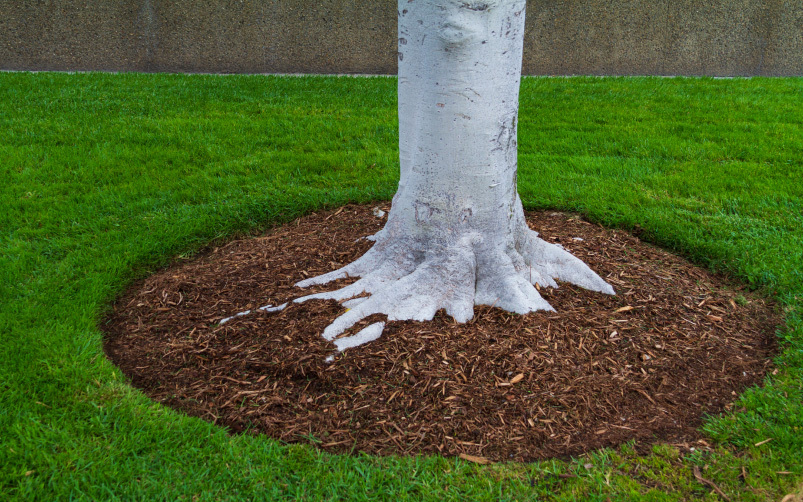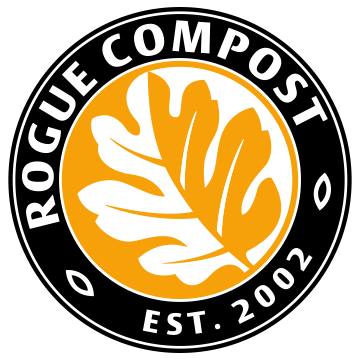Why should I add mulch around the base of my trees? And how much mulch should I use?

This question comes up a lot, and for good reason. Using mulch around trees — especially young trees and recently transplanted trees — can be very beneficial. But there are definitely some do’s and don’ts when it comes to this topic. And yes, there is such a thing as too much mulch.
Why mulch?
Mulching around trees helps keep down the number of weeds, eliminating competition for water while minimizing the need to get too close to the tree with lawn mowers and weed whackers. Mulching also helps soak in and store water around the tree roots — water that would otherwise evaporate. During summer heat and winter cold, mulch can insulate roots from temperature extremes. And it reduces weeds and helps retain moisture. Pulling mulch back in the sprint, adding compost, then replacing the mulch will also add beneficial nutrients.
But perhaps the biggest benefit comes to young trees and trees that were recently transplanted. For these trees, a 2-to-3 inch layer of mulch around their base works well. But — and this is a big but — mulch should never touch the trunk of the tree. In fact, the mulch should stop about a foot from the trunk, all the way around.
What type of mulch?
So what is mulch, you ask? The three main types are standard bark mulch, wood chips, or shredded leaves. If you go with leaves, it’s a good idea to shred them first whenever possible. This helps them break down and release their nutrients more quickly — which is particularly beneficial to young trees. To do that shredding, when you rake the leaves up in the fall, run them through a leaf shredder (if you have one) or go over them with the lawn mower and collect them in the mower bag. Easy!
Mulching mistakes to avoid
Ever heard of “mulch volcano” or “collar rot?” Odds are you’ve seen a tree with too much mulch around it, built up along the trunk then sloping back down to the bed. This is a mulch volcano, and it pulls water away from the trees base. What’s more, when mulch gets higher than a few inches, the water that would normally make its way to the tree’s roots gets trapped in the mulch. Excess mulch can also make an inviting home for pests and diseases. Or worst of all, suffocate the tree’s roots.
Collar rot is what happens when mulch is pushed up against the base of the tree. Here, the mulch does what it’s supposed to do and retains moisture. But up against the trunk, it begins to rot the trunk at the soil line, eventually causing fungus, disease and rot, weakening and damaging the tree.
Share This
